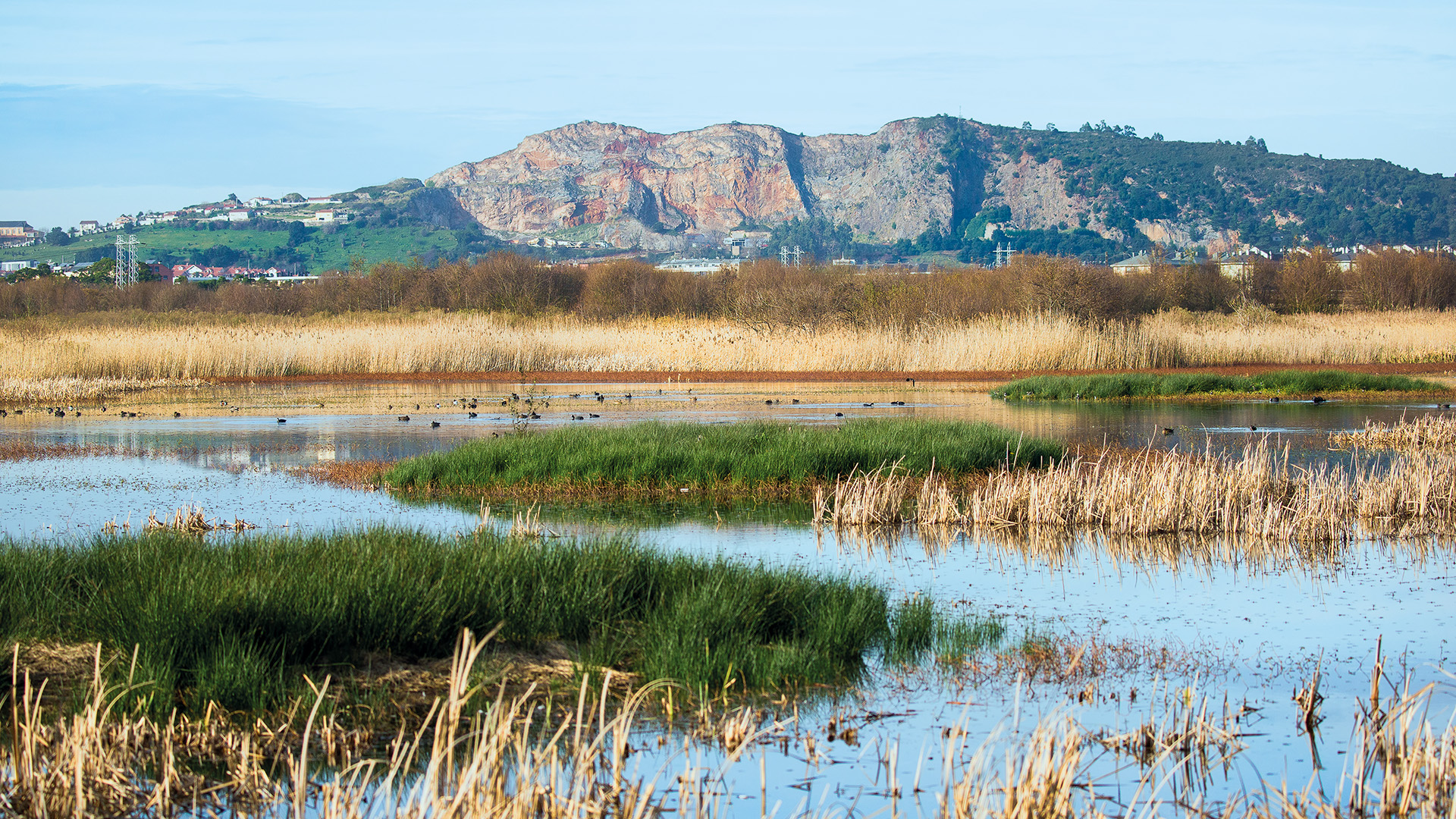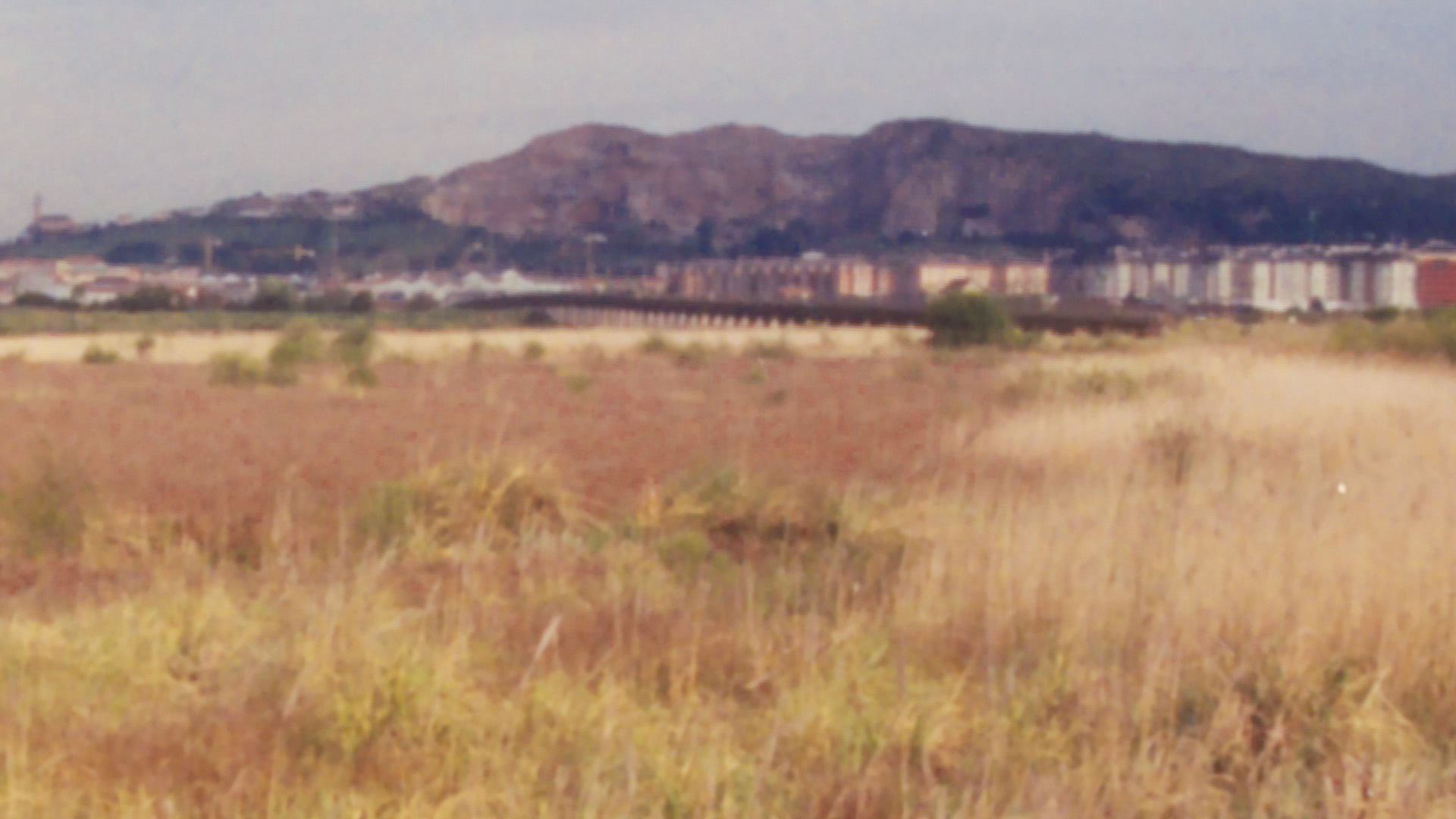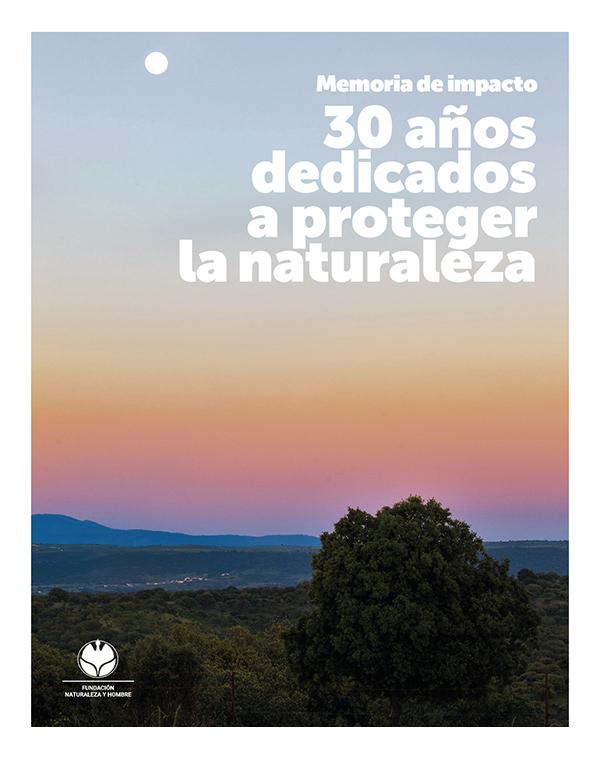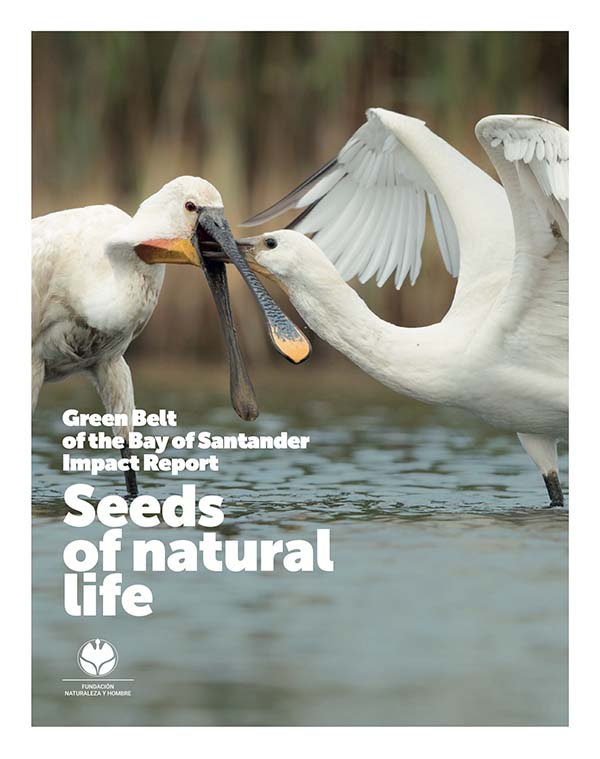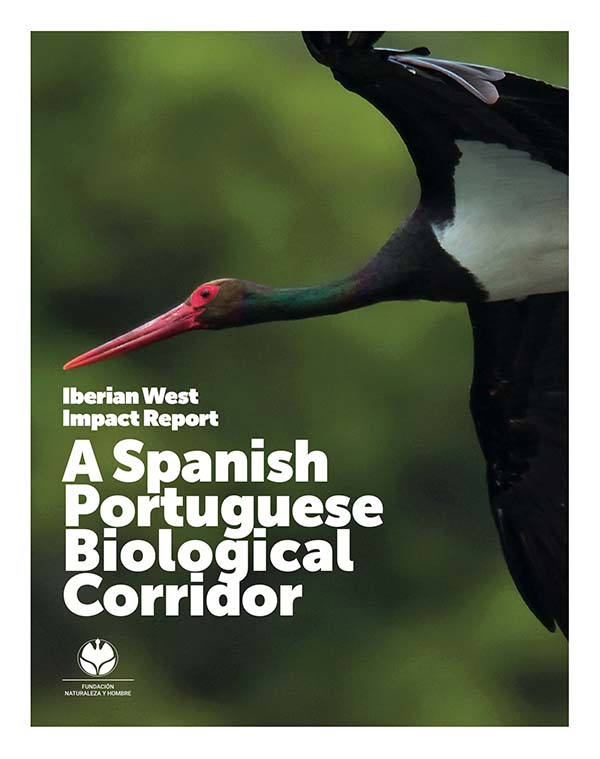More than 30 years seeking balance
Meet our historyWe were born to conserve biodiversity and promote a balanced coexistence between humans and nature
Seeds of natural life
The Bay of Santander, in Cantabria (northern Spain), is made up of different natural ecosystems such as intertid- al zones, islands, holm oak groves, small cliffs and wet- lands. In its recent history, this area has lost almost half its surface area, and it’s currently relegated to around 2,500 hectares, with only 80% of its original coastline re- maining. One of its most outstanding enclaves is the Al- day Marshes.
Download the impact report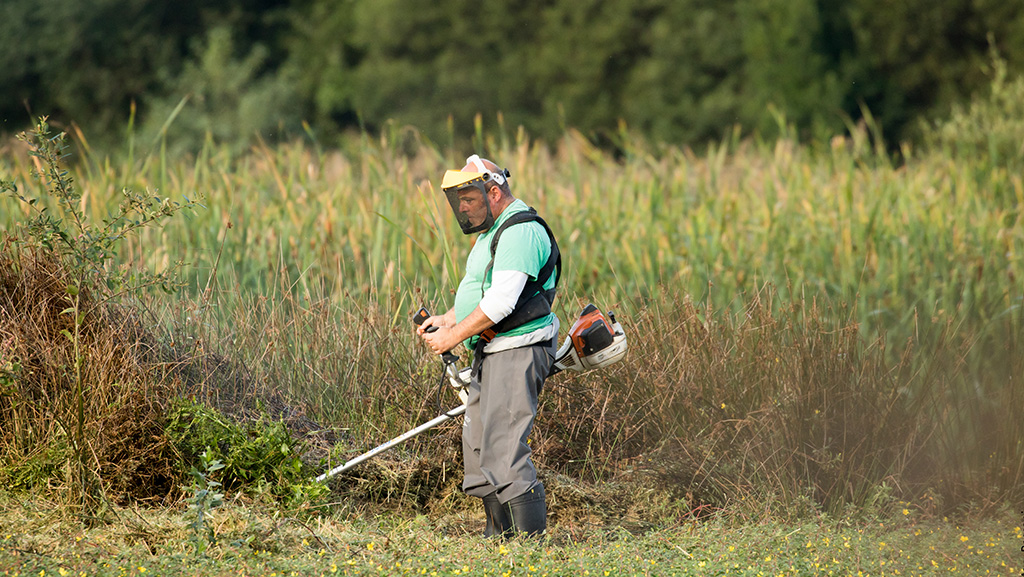
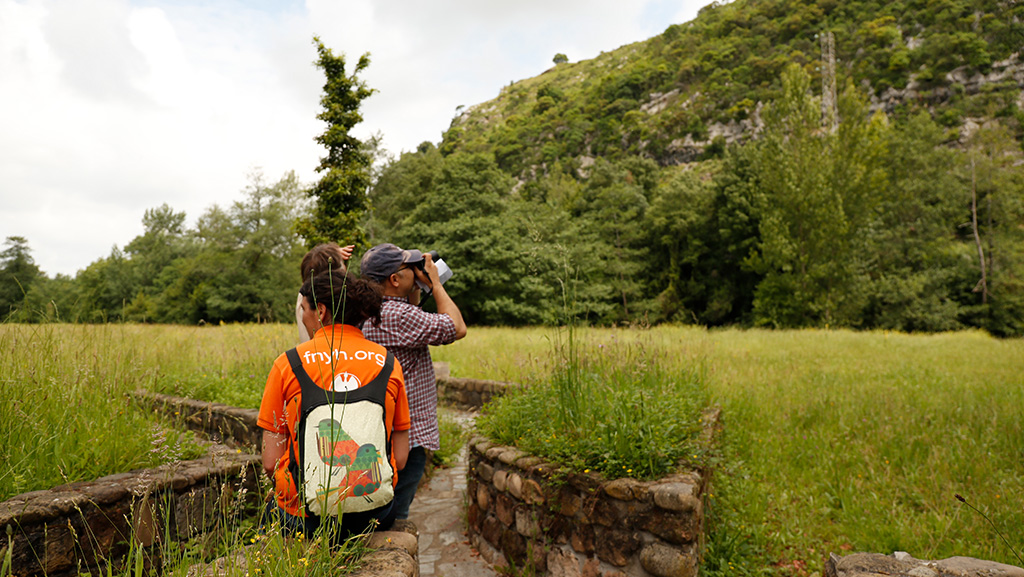

The Green bBelt in figures
How chamois and salmons returned to the mountain
The Pasiega and Eastern Mountains of Cantabria, Castile -León and the Basque Country (in northern Spain) include the headwaters of the Pas, Miera, Asón and Soba valleys. They also include the southern and eastern slopes of the Cantabrian massif, in the provinces of Burgos and Vizcaya, with the valleys of Trueba and Cantabria, respectively.
Download the impact report
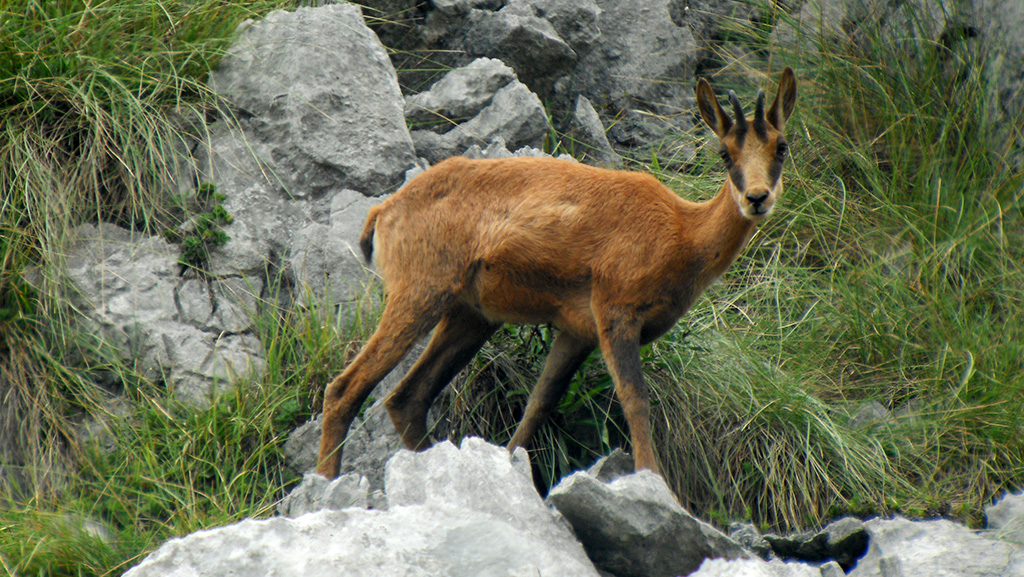

The Pasiega mountains in figures
A Spanish- Portuguese Biological Corridor
In the Iberian West, between Spain and Portugal, we find extensive woodlands formed by large oak, cork oak and cork oak trees in territories in symbiosis with human activity. It is a cross-border natural area be- tween Spain and Portugal, comprising the Spanish provinces of Salamanca, Zamora and Cáceres and covering some 2.5 million hectares. It is a large eco- system made up of mountain ranges, river canyons, cereal steppes, rivers and vast expanses of meadows and Mediterranean scrubland.
Download the impact report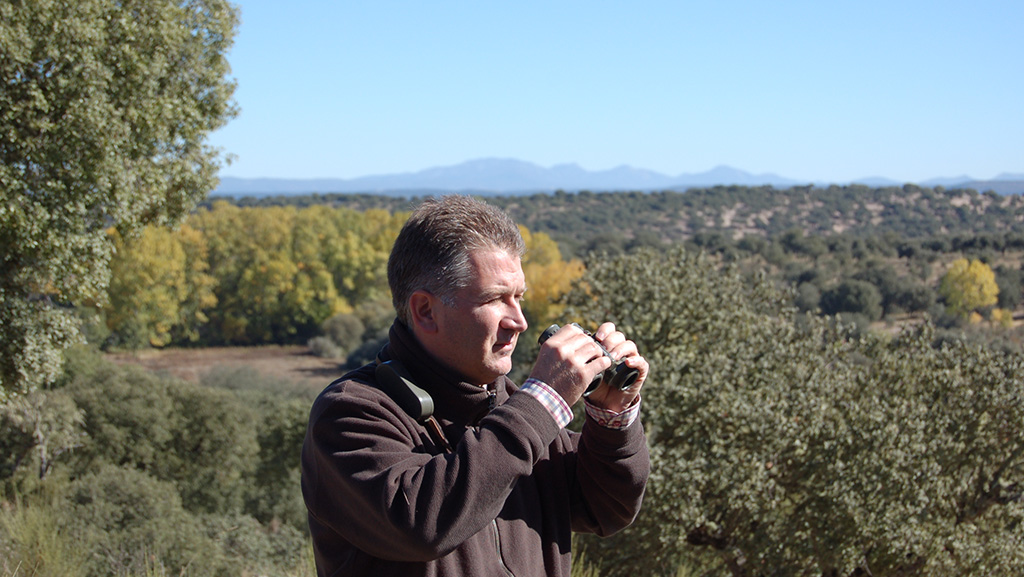
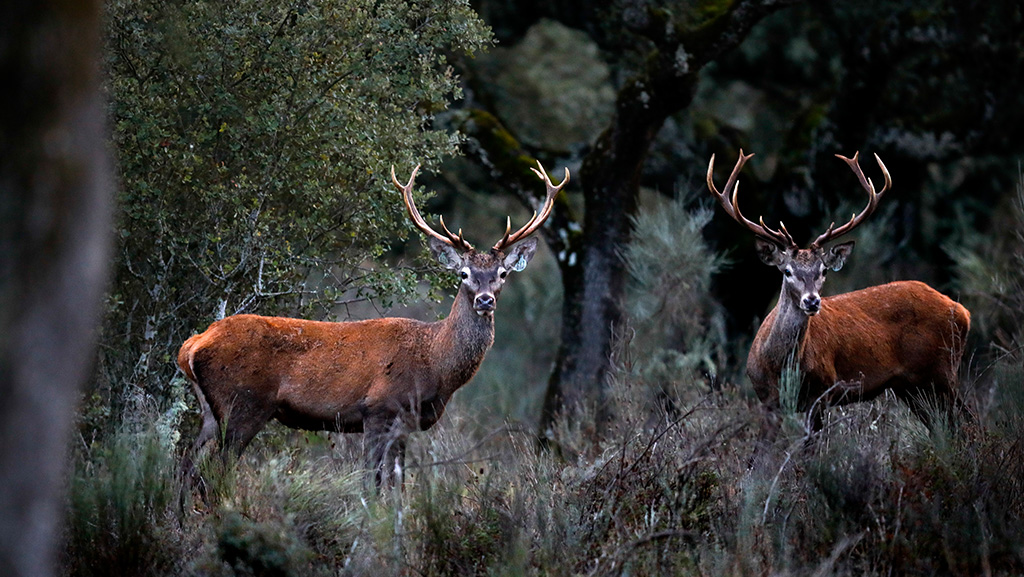
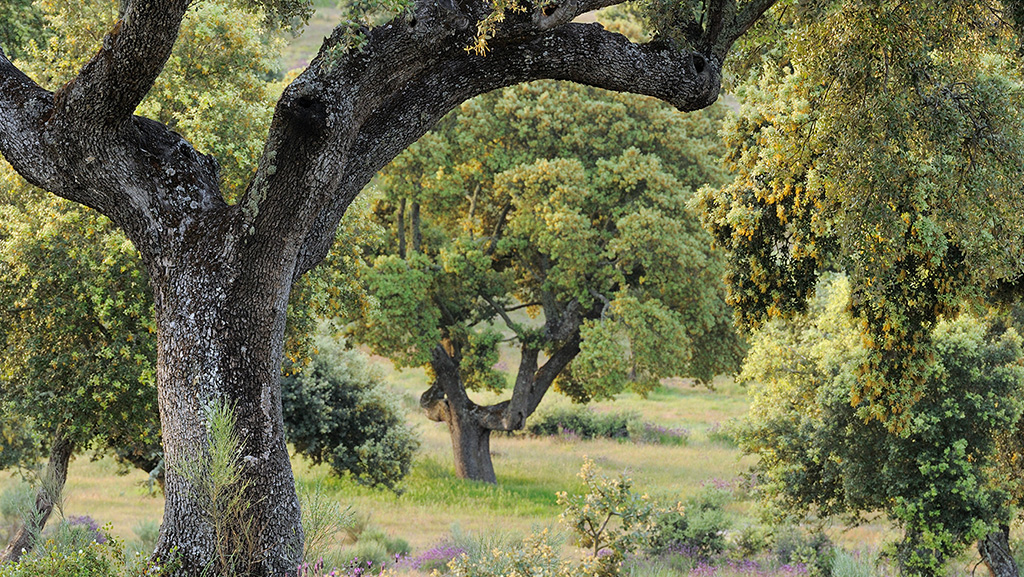
Iberian west in figures
The SDGs in our conservation projects
Our activity with the Sustainable Development Goals (SDGs) of the United Nations 2030 Agenda for all the areas of work contained in this report of 25 years of activity.

